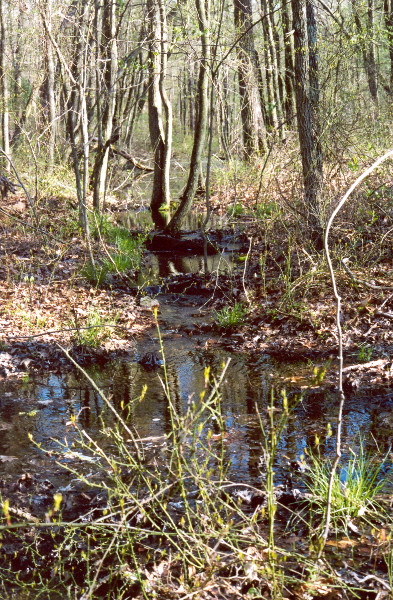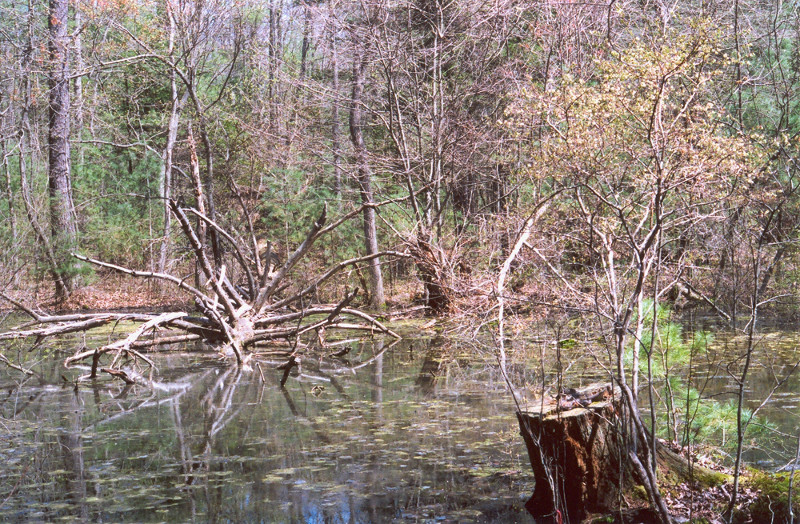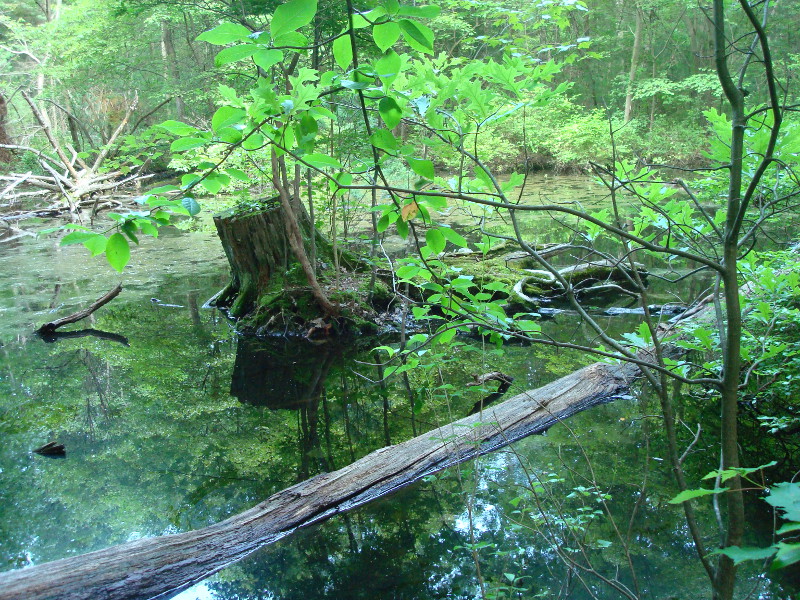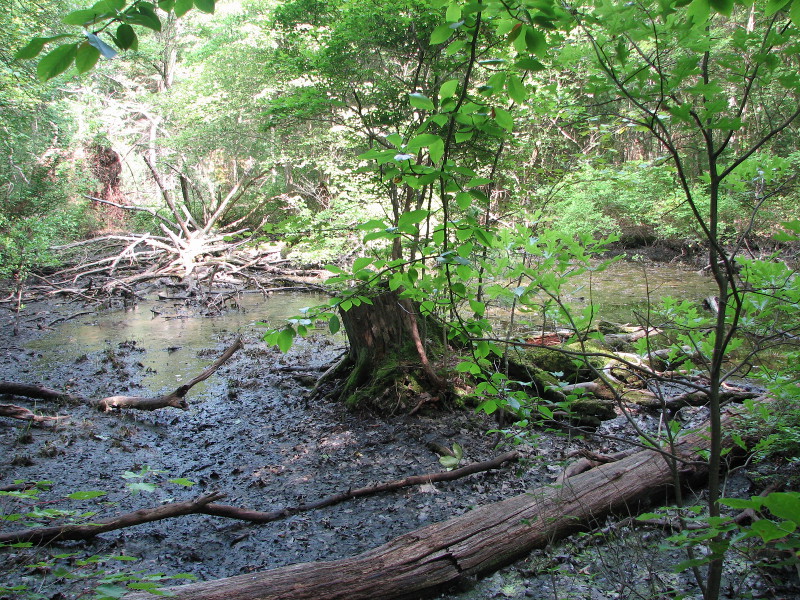 Vernal Pool Hydrology
Vernal Pool Hydrology
Hydrology is the study of where water is found and how it moves across the surface of the earth and underground. Hydroperiod describes the amount of time water is present in a habitat (flood duration) and the timing and frequency of flood events.
Vernal pools are considered hydrologically 'isolated' wetlands because they are not permanently connected to other water bodies. They receive most of their waters from rain and snow melt surface runoff. Some seasonal pools intersect the water table and receive input from groundwater sources. Pools may also overflow or receive water from other areas during periods of heavy rain when seasonal pools, intermittent streams, nearby wetlands or other water bodies overflow and connect.
Vernal pools span a wide range of flooding patterns. Hydroperiod varies greatly from pool to pool and from year to year based on precipitation amounts and timing. Most vernal pools dry up during the drought months of summer, then refill at different rates and times. Some fill with fall and winter rains, while others require larger amounts of snow melt and rain in the spring. Vernal pools in Pennsylvania generally reach their maximum size in the spring, regardless of whether they start filling in the fall or spring.
By definition vernal pools must go through a drying phase annually or every few years. The amount of time the pool is inundated is important as well because it determines which species can successfully utilize a pool. Different animals take different lengths of time to complete the reproduction process which includes adult breeding activities, egg laying, egg development, larval development, and metamorphosis from aquatic larva to terrestrial adult. Species such as fairy shrimp and the eastern spadefoot can reproduce quickly in pools that hold water for just a few weeks or longer at a time.
Species such as spring peepers and wood frogs need pools with slightly longer hydroperiods that flood in the spring and hold water for several months or longer. Other species, such as the mole salamanders, need pools with even longer hydroperiods that remain flooded for four to six months.
Water levels fluctuate seasonally in a vernal pool, and reach their highest levels in the spring. Sometimes after heavy rains in the spring, vernal pools will develop small outflows and may temporarily flow into other vernal pools, wetlands, and streams. As summer progresses, water levels steadily drop. They may increase temporarily after a storm but then quickly recede again until the pool completely or nearly dries up.










